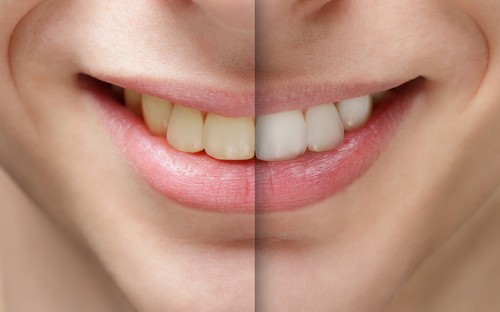More cost-effective than a filling, a little proactive care can help keep your child’s teeth strong and healthy.
Benjamin Franklin said, “an ounce of prevention is worth a pound of cure.” If there was ever a motto for dentistry, this should be it. It’s almost always less costly and less time consuming to take care of your mouth than it is to have a filling, root canal, or periodontal treatment.
This is especially true when caring for your child’s smile. There may be no way to guarantee your child won’t get a cavity, but here are some steps you can take to help. A regular brushing and flossing routine and professional cleanings every six months are a great place to start. The American Dental Association recommends brushing at least twice a day and flossing at least once a day for ideal home care.

Professional fluoride treatments given at your child’s cleaning appointments are another small step you can take to help prevent childhood tooth decay. Professional fluoride is a more concentrated version than those found in grocery store rinses. They are usually covered by your dental insurance and are given once or twice a year, depending on a child’s risk of cavities.
So, what is fluoride, and how does it help prevent cavities? Fluoride is a naturally-occurring mineral found in water sources, vegetables, leafy greens, and nuts. It’s added to many kinds of toothpaste and most public water supplies. Your body absorbs fluoride and stores it in your bones and teeth to help strengthen and remineralize weak spots.
Depending on your child’s age and maturity, there are two main ways their hygienist will deliver fluoride: a varnish that is painted onto the teeth or a gel foam dispensed in a tray.
Usually recommended for smaller children or kids that have difficulty sitting still for a while, a varnish treatment is brushed onto the teeth. Once it mixes with your child’s saliva, the varnish hardens and sits on their teeth until your child brushes later that day. This fluoride-infused varnish allows the fluoride to penetrate their enamel over a more extended time, allowing it to work behind-the-scenes while your little one goes about their day.

Foam or gel fluoride is flowed into disposable fluoride trays and placed in your child’s mouth. This method is mostly used on older children because the trays can be bulky in smaller mouths, and little kids find it tough to sit still for the time required. Once the trays are removed, your child shouldn’t rinse, eat, or drink anything (including water) for about 30 minutes. This gives the fluoride time to soak into the enamel and do its work.
When your child eats a healthy diet, has excellent at-home hygiene skills, and sees their hygienist for regular cleanings, their body absorbs naturally occurring fluoride and keeps their teeth strong on its own. But sometimes children have difficulty brushing and lack the dexterity to get all the hard-to-reach spots. And whether they’re a fussy eater or have food sensitivities, many kids don’t have a diet diverse enough to include food high in natural fluoride. If tooth enamel gets weak and doesn’t have enough fluoride to remineralize itself, a professional fluoride treatment acts as a small insurance policy. It can help keep your child’s teeth healthy and strong until they can brush well enough and expand their diet as they grow.




